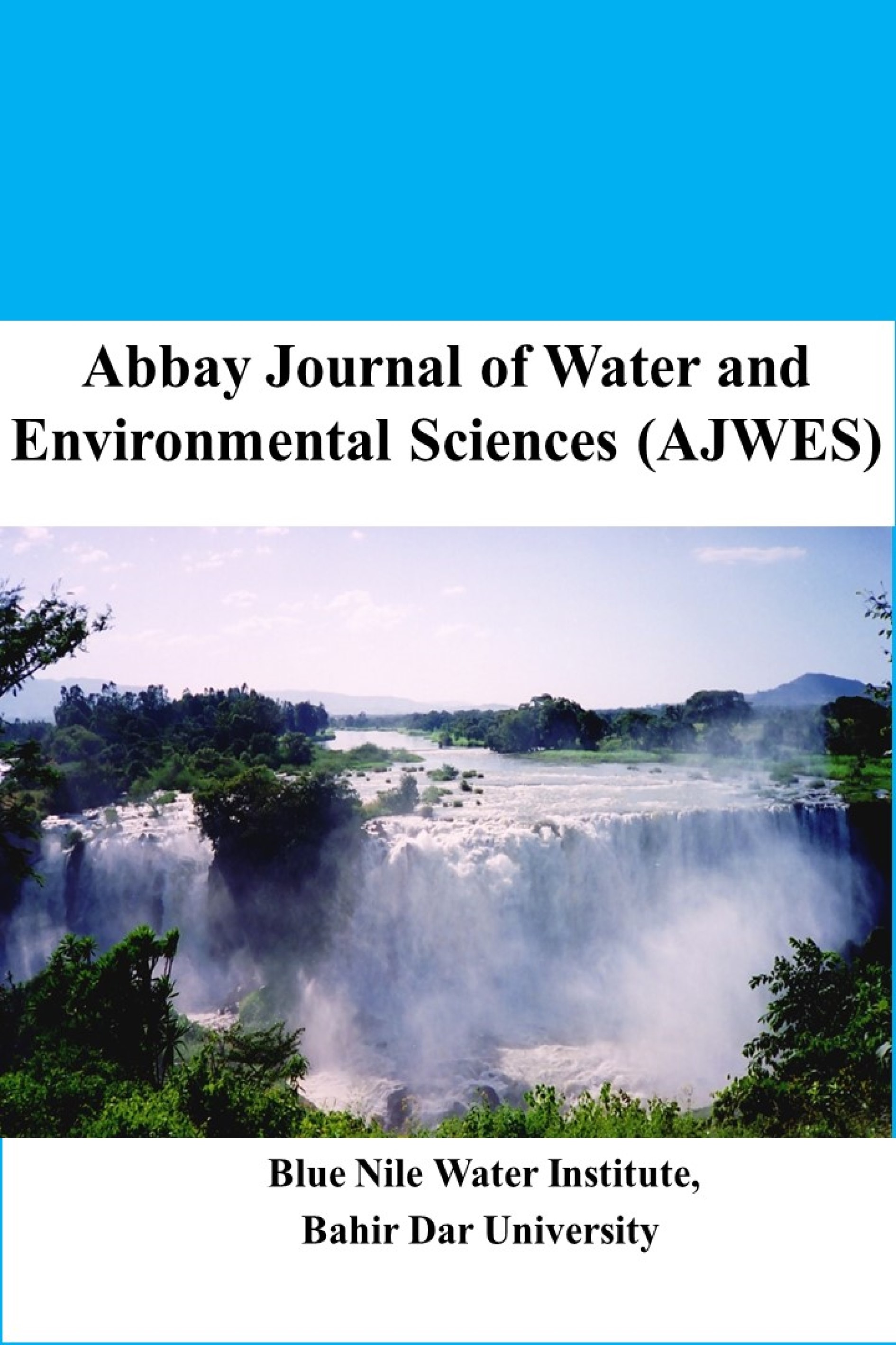Hydro Systems Analysis of Tana Basin for the Lake Ecosystem Resilience
Abstract
Lake Tana Basin (LTB), part of the Afro-Tropical wetland system, is Ethiopia's primary freshwater resource, providing significant socioeconomic, ecological, and religious benefits to the community. However, the region is facing major ecological and social changes due to soil degradation and shifts in water resource supply, demand, and quality. There is a lack of coordinated efforts to regulate land and water use by the government and NGOs, leading to competing interests. This study assessed stakeholder perspectives on upstream and downstream relations using both qualitative and quantitative methods. Water balance analysis revealed that Lake Tana has a storage capacity of 29.175 BCM, with 65% as dead storage. Around 50% of the basin’s water is lost to evaporation, and 36% of annual inflow (3,740 MCM) is discharged. The environmental flow over the Chara-Chara weir is 9.6% of the annual inflow, while 898.4 MCM is used for irrigation and 3,310.8 MCM (33%) for hydropower. The lake’s estimated residence time is 2.8 years, with depth variations from 1.5 to 3.0 meters.
Copyright (c) 2024 Abbay Journal of Water and Environmental Sciences

This work is licensed under a Creative Commons Attribution-NonCommercial-NoDerivatives 4.0 International License.

